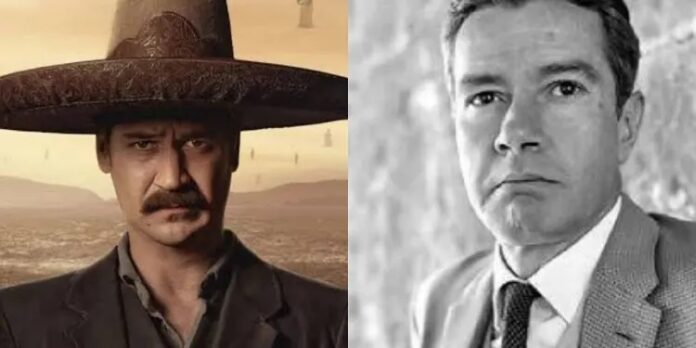Sometimes reality is much worse than fiction. The famous book “Pedro Páramo,” written by Juan Rulfo, has been adapted into a film by Netflix, promising a raw portrayal of one of Mexico’s darkest and most violent periods.
Whether you’ve read the book or seen the movie, one thing is clear: Pedro Páramo is a detestable character no one would want to meet. Surprisingly, this character is inspired by a true story, even more terrible than Rulfo’s work.
What is “Pedro Páramo” About?
Both the movie and the book tell the story of Juan Preciado, a man who, after his mother’s death, travels to the town of Comala in search of his father, Pedro Páramo. Upon arrival, he discovers that the town is a ghost town, where the souls of the dead are trapped in eternal suffering. Pedro Páramo is a ruthless man who embodies the abuse of power and moral corruption.
The Real Inspiration Behind Pedro Páramo
Pedro Páramo is not based on a specific person but is inspired by a common figure in post-Mexican Revolution Mexico: the cacique. These leaders were known for their cold-blooded cruelty, treating not only their workers but anyone who threatened their interests with disdain.
One particular story might have sparked Rulfo’s inspiration. Jesús Ruiz Morales, a chronicler from Tapalpa, recalled meeting a woman named “Chayito,” who claimed to know the real-life inspiration for the ruthless character. At 104 years old, Chayito told Ruiz Morales that she met Juan Rulfo when he lived at the Hacienda de la Media Luna, southwest of Guadalajara. She spoke of the hacienda’s owner, a chieftain whose ruthless behavior resembled that of Pedro Páramo.
“I don’t even want to remember that man. His name wasn’t Pedro Páramo, but he was a very bad person. One day he told my father: ‘Go tell Macario that his daughter, who is about to get married, has to come to the hacienda to learn the skills of marriage.’ My father asked him to let the young couple live their marriage in peace, but the landowner replied: ‘Don’t argue, go and give him my message,’” she recounted.
Although we may never discover the true identity of the feared character behind Páramo, Juan Rulfo’s novel remains a powerful social critique of oppression and contempt for human life—issues that, sadly, persist to this day.
Source: Cultura Colectiva






